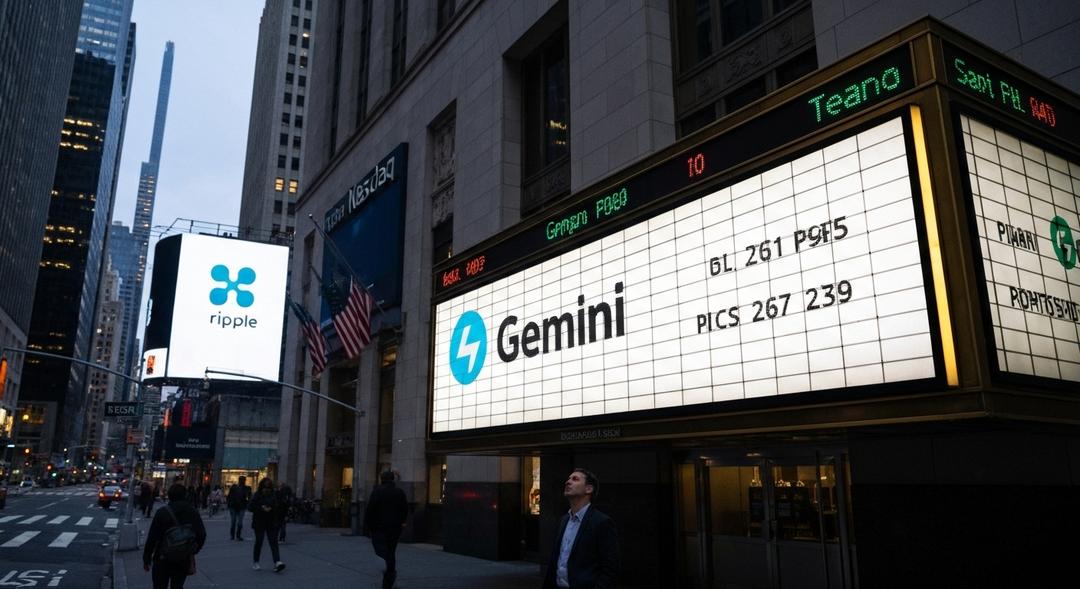Gemini has outlined its Nasdaq IPO plans amid mounting losses. The cryptocurrency exchange revealed its intention to go public under the symbol GEMI, bringing transparency to its financial performance for the first time.
After a confidential filing in June 2025, Gemini’s public S-1 submission gave investors and analysts a detailed overview of company operations. The disclosure, which aligns with broader trends of digital asset platforms seeking traditional financial market listings, demonstrates the firm’s continued ambitions despite current financial headwinds.
Gemini’s financial filing shows the platform has operated at a loss in recent quarters. The company hopes that listing on Nasdaq will increase both capital and credibility, a move many exchanges consider pivotal for scaling user bases and innovation.
A key element in Gemini’s recent activities involves its loan agreement with Ripple, an influential player in cross-border blockchain transactions. This agreement provides new liquidity avenues for Gemini, potentially offsetting some reported losses during volatile market cycles.
Public offerings like Gemini’s aim to attract institutional investors looking for regulated exposure to the fast evolving digital asset environment. As major exchanges step forward with IPO plans, the sector continues its shift from niche innovation to mainstream capital markets.
Industry analysts point out that financial transparency resulting from such filings could increase trust among retail and institutional users. This shift is happening just as other investment opportunities, like cloud mining, have gained traction within the cryptocurrency space. Those interested in low entry barriers to Bitcoin or alternative asset mining can now Start Cloud Mining through major platforms, exploring passive income routes alongside traditional exchange trading.
Observers will closely track Gemini’s post-IPO strategy and the ongoing impact of its collaboration with partners like Ripple. The firm’s evolving balance sheet highlights both the risk and resilience found within the rapidly changing digital finance sector.
With regulatory scrutiny intensifying in several markets, listing on a US exchange could position Gemini as a compliance-first exchange. This approach not only draws investor interest but also sets a template for other platforms aiming for public listings in the near future.
The digital asset market’s maturity is underscored by these major corporate ambitions. Platforms like Gemini are balancing short term setbacks with long term growth moves, betting that public trust and robust funding can strengthen their future prospects.
Conclusion
Gemini’s decision to pursue a Nasdaq IPO marks a significant chapter for cryptocurrency exchanges entering mainstream finance. The move also provides rare insight into the financial realities faced by such platforms during periods of increased competition and transformative partnerships.
As the industry watches Gemini’s next steps—alongside its engagement with players like Ripple and evolving market strategies—stakeholders anticipate more transparency, accountability, and innovation across digital asset services moving forward.

Finlay’s interest in cryptocurrency sparked from a desire to explore new investment opportunities beyond traditional markets. With a focus on cloud mining, he has spent several years analyzing mining services, comparing contract plans, and evaluating profitability across different platforms. Finlay aims to provide clear, unbiased insights that empower readers to make informed decisions in the fast-paced world of crypto mining.




